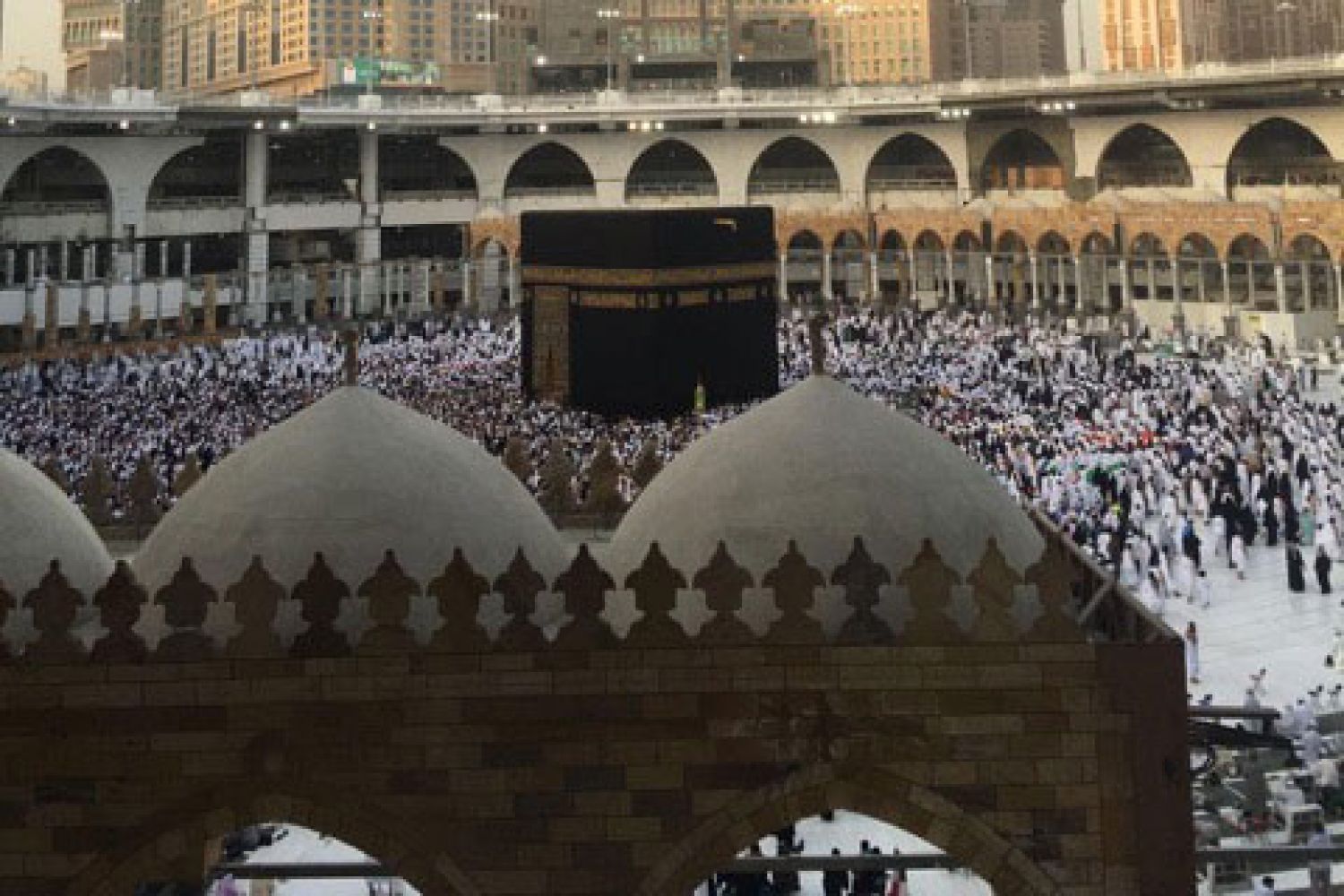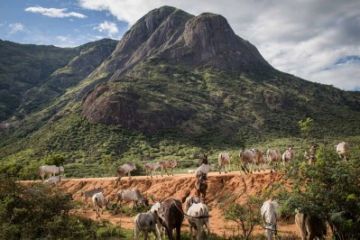
Mecca is a promise, a
metaphysical destination etched into the consciousness of all Muslims; home to
the Kaaba, the direction in which every Muslim prays. It is also a city, a
constantly evolving place troubled with worldly concerns. Mecca’s heart is the haram (the
sanctuary), the greatest and holiest mosque in the world. Its soul, the Kaaba,
is a cuboid structure with a black rock said to have fallen from heaven as a
guide for Adam and Eve to build an altar and became the first





